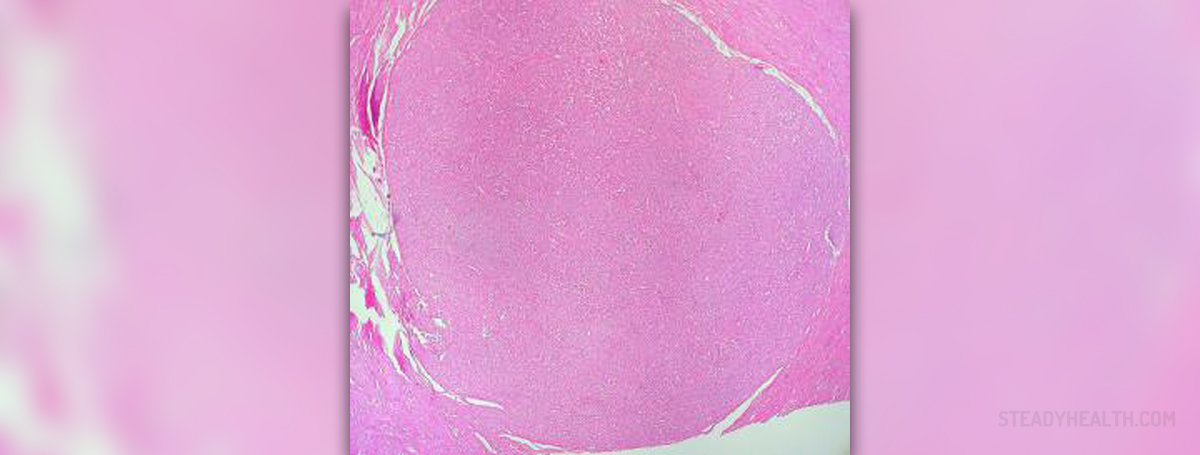
A surgical removal of the uterus is called hysterectomy, and it is usually performed by gynecologist. The uterus is the place where a baby grows when a woman is pregnant.
Depending on the reason for the hysterectomy, it may be total or partial. If it is total, the surgeon will remove the body, fundus and cervix of the uterus. Partial hysterectomy means removal of the uterine body but leaving the cervical stump. It is a very common surgical procedure, and by the age of 60, one in three women in the United States has had one.A woman may have a hysterectomy for different reasons.
The gynecologist may recommend it if the patient has cancer of the uterus, cervix, ovaries or endometriosis, fibroids, uterine prolapse. Vaginal bleeding that persists despite treatment and chronic pelvic pain are also reasons for this surgical procedure. Hysterectomy ends the ability to become pregnant. If the surgery removes both ovaries, the patient will enter menopause. There are two approaches to this surgery and those are traditional or open surgery and using a minimally invasive procedure.
A hysterectomy is typically performed under general anesthesia. During an abdominal hysterectomy, a surgeon makes a 5 to 7 inches incision across the belly and then removes the uterus through it. There are several approaches that may be used for MIP hysterectomy: vaginal, laparascopic laparascopic - assisted vaginal hysterectomy, and robot - assisted laparascopic hysterectomy. Hysterectomy is a low risk surgical procedure and usually there are no complications. However, in some cases, fistula formation, vaginal prolapsed, urinary incontinence and chronic pain may occur.
After the surgery, a woman goes to the recovery room where she stays for a few hours. In the recovery room she is being monitored and given the medications for pain and the infection prevention. How long a woman will stay in the hospital depends on what type of hysterectomy she has had, how her surgery has gone and what her doctor recommends. Usually it is not longer than 2 or 3 days.
A woman should have enough sanitary pads for vaginal bleeding and discharge. She may have some discharge and bloody drainage for several days after her hysterectomy. Day after the surgery, a woman will be able to walk. However, it will take some time to get back to her usual life after such surgery. Although it will gradually heal, a visible scar on her abdomen will remain. Doctor will prescribe pain relievers to use at home. During recovery period, woman should rest, avoid lifting heavy things and abstain from sex. Women should not drive car during this period, especially if taking some of the narcotic pain medicines.
















Your thoughts on this
Loading...